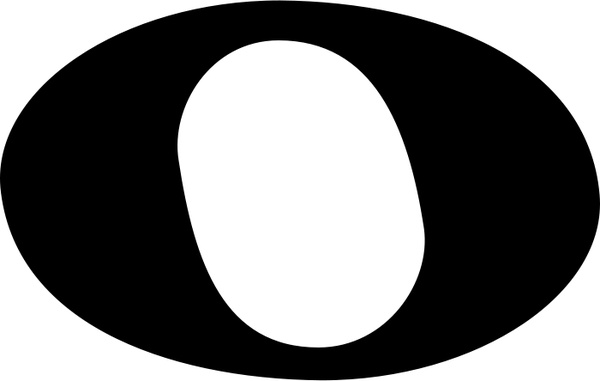
If you assign the number 1 to the C key and count the white keys from it to the right (towards the 2nd octave), the 8th key will be the C note of the 2nd octave. To illustrate how the musical octave system works, consider the example of the 1st octave in the center of the keyboard that starts with the note C and ends with B (inclusive). The 5th octave has only one note, as higher sounds are inapplicable in music and cannot be perceived by human hearing. The 1st octave, situated in the center of the piano keyboard, is followed by the 2nd, 3rd, 4th, and 5th octaves. It is followed by the contra octave, as well as the great and small octaves. The subcontraoctave, which includes only three notes as lower sounds are not used in music, is located on the left side of the keyboard. The interval between the same sounds with different frequencies is referred to as an octave in musical notation. The piano keyboard, which has 85 keys, encompasses nine octaves arranged from left to right based on increasing sound frequency. To understand the concept of octaves, one can use piano notes on a keyboard instrument as an example. Specifically, the higher note will have a frequency that is twice as high as the lower note from the previous octave. When two notes that are an octave apart are played together, they will sound identical to the listener, but differ in pitch. Musical notes are commonly grouped into octaves, which refer to the interval between two notes that are 8 scale steps and 6 tones apart. Music note editor Octave as a System for Combining Musical Notes
#Whole note studio how to
Additionally, the duration of each sound is indicated through various symbols, allowing performers to read the musical notation like any other written text, play the melody in their mind, and reproduce it on a musical instrument.īy reading the instructions on how to use the Amped Studio music editor, you can attempt to create your own melody using online sheet music. These notes are either placed between the lines or directly on one of the five lines.Įach note represents a sound of a specific pitch, and the order in which they are written reflects the sequence in which they are meant to be played by the musician. During this time, musicians had developed a system consisting of five lines, known as the musical stave, on which modern musical notes are positioned. However, it was not until the 17th century that the final version of musical notation was officially adopted. 7 Musical Bars and Other Intervals on the StaveĪs early as the 11th century, efforts were made to transcribe music into written form.6 Designation of Rests and Their Duration.5 Raising and Lowering the Sound of a Note.1 Octave as a System for Combining Musical Notes.

The New Grove Dictionary of Music and Musicians, second edition, edited by Stanley Sadie and John Tyrrell. The Chinese, Japanese, Korean, and Vietnamese names mean "whole note". Some languages derive the name of the note from its round shape, such as Catalan rodona, French ronde, and Spanish redonda. The British term is taken from Italian semibreve, itself built upon Latin semi- "half" and brevis "short." The American whole note is a calque of the German ganze Note. It derives from the round, stemless semibrevis of mensural notation, hence the origin of the British name. The whole note symbol is first found in music notation from the late thirteenth century ( Morehen and Rastall 2001).
#Whole note studio free
The whole note may also be used to denote a whole measure in music of free rhythm, such as Anglican chant, irrespective of the time of the measure. Whole rests are drawn as filled-in rectangles generally hanging under the second line from the top of a musical staff, though they may occasionally be put under a different line (or ledger line) in more complicated polyphonic passages, or when two instruments or vocalists are written on one staff. For example, a double whole note (or breve) lasts twice the duration of the whole note, a half note lasts one half the duration, and a quarter note (or crotchet) lasts one quarter the duration.Ī related symbol is the whole rest (or semibreve rest), which signifies a rest for the duration of a whole note.


Other notes are multiples or fractions of the whole note. Since it is equal to four quarter notes, it occupies the entire length of a measure in 4 The whole note or semibreve has a note head in the shape of a hollow oval-like a half note (or minim)-but with no note stem (see Figure 1). A whole note (American) or semibreve (British) in musical notation is a single note equivalent to or lasting as long as two half notes or four quarter notes.


 0 kommentar(er)
0 kommentar(er)
